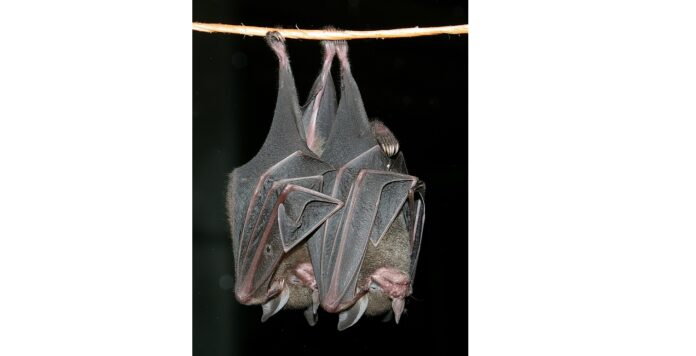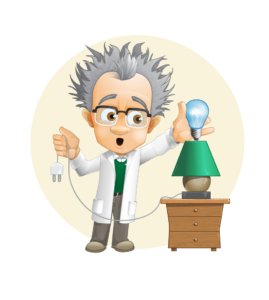I, Dr. Bulb, love lighting, but recognize that how we effectively light an area is not the only consideration. For instance, in outdoor lighting projects light pollution and light trespass should be considered. Light pollution is wasted light that could affect the surrounding area, while light trespass is light that spills off the area intended to be lit and lights surrounding areas too.
Recently I read an article on light pollution, Light pollution impairs rainforest regeneration. For the full article, click here.
The article claims, “Increasing light pollution in tropical habitats could be hampering regeneration of rainforests because of its impact on nocturnal seed-dispersers. The results of the study were reported by scientists from the German Leibniz Institute for Zoo and Wildlife Research Berlin.
While I commend research on lighting, I question some of the message here. “The results revealed that bats flew into the dark compartment twice as often as the compartment lit by a street lamp. The bats also harvested fruits almost twice as often in the dark compartment.”
First and foremost, the article does not state the foot-candles of the light in the lit rooms. If the foot-candle level were too high, even humans wouldn’t go in there and eat. For instance, when you go out for dinner with your significant other, do you look for a warm and softly lit restaurant or a place lit like Wal-Mart?
Okay. Let’s say we accept verbatim that bats don’t like eating fruit in areas that have street lighting is true. We may want to consider light pollution in areas where rain forests are being regenerated, but how much work is actually being done on rain forest regeneration?
A more likely conclusion might be that communities bordering rain forests might need to minimize light pollution and light trespass to reduce the impact on the borders of rain forests.
From a lighting perspective all testing should be performed at a foot-candle level that is typical of light pollution levels 100’ away from roadways. Next, knowing humans don’t want to live in the dark, it would have been interesting to know if there was a difference in the impact of metal halide light, which is typically 4200K and high-pressure sodium, which is 2200K. Also it would be interesting to know if the bats perceived a difference between 2700K LED lighting and 5000K LED lighting.
We need to protect our environment while we provide lighting for humanity. Let’s hope for meaningful research so we can make the right decisions for our world.



